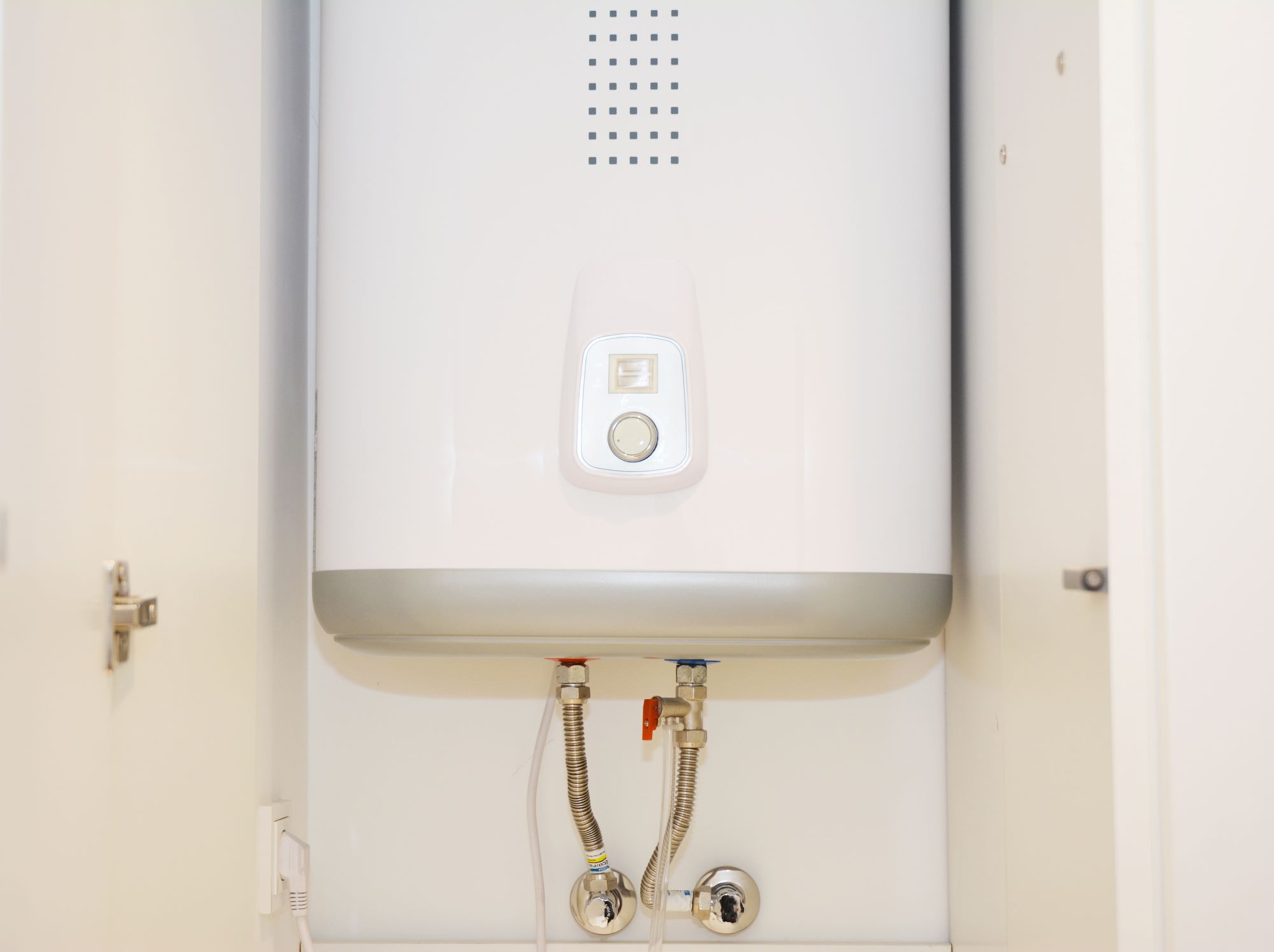Householders being ripped off with dodgy 'energy-saving' boiler upgrades — that make their boiler more expensive to run
An investigation has found that some boiler parts are being mis-sold to customers as energy efficient. While they promise to save money on energy bills, instead the parts are not up to standard and can make the boiler cost more to run

Householders who bought upgrades to improve the energy efficiency of their boiler may actually be paying more for their energy because the parts are shoddy imports, an investigation has found.
The parts, manufactured in China, break energy efficiency regulations in the UK but have still found their way into people's homes, despite not being to the correct standard. This is due to the parts being sold to plumbers who then, often unknowingly, install them.
Now, experts are warning both plumbers and boiler owners to be vigilant that parts really do conform to UK standards before they are fitted. Here we take a look at which boiler part is affected, how the part is meant to improve energy efficiency, plus how to spot a dodgy non-energy efficient alternative. You can also check out our energy saving tips for other ways to help bring down your energy bills.
Which boiler part is being mis-sold?
The problem surrounds water circulation pumps, which are used to improve how gas boilers and heat pumps move water around a home.
The British Pump Manufacturers Association (BPMA) says more than 100,000 non-compliant pumps manufactured abroad are being sold in the UK every year and claims the UK has “very lax” rules overseeing the market.
Steve Schofield, BPMA’s chief executive, told Construction Management: “We estimate that circa 10% of the one million central heating pumps, technically known as circulators, being brought into the UK are non-compliant.
“Once fitted, they are costing consumers hundreds of pounds every year on their heating bills, and it is seriously impacting the UK’s ability to meet its net-zero obligations.
Get the Homebuilding & Renovating Newsletter
Bring your dream home to life with expert advice, how to guides and design inspiration. Sign up for our newsletter and get two free tickets to a Homebuilding & Renovating Show near you.
“Continental European countries have much stricter regulatory policing regimes and are not being targeted in the same way.”
Why water circulation pumps can improve energy efficiency
Heating systems use a circulation pump which helps move the heated water from a boiler to rooms throughout a building.
Traditional circulation pumps can use a lot of energy to keep hot water flowing through the pipes.
High efficiency circulation pumps, however, are designed to use less energy to perform the same task. This can result in significant energy savings in households.
Why dodgy water circulation pumps cost more
Schofield says the global microchip supply crisis is exacerbating the problem because the imported pumps use AC motors that are cheaper than permanent magnet motors that use microchips to vary the speed of the pump to reduce energy consumption.
The Chinese three-speed pumps use around 100 watts of energy, compared with 30 watts for the permanent magnet design.
Pump systems provider Wilo claims non-compliant pumps seen by its engineers are being manufactured to look like compliant pumps and some even carry fake CE markings that stand for ‘China Export’.
The China Export Mark means that the product was manufactured in China and is not the same as the recognised CE mark (which stands for "Conformité Européene") signifying that products sold in the European Economic Area (EEA) have been assessed to meet high safety, health, and environmental protection requirements.
No registration, testing or auditing is required to use the China Export mark. Products bearing the China Export mark vary in quality and have no regulatory requirements, risk assessments, safety assessments, or quality tests.
How to spot a non-complaint water circulation pump
While experts have warned that spotting water circulation pumps that aren't to the appropriate standard is very difficult, there are subtle difference in the "CE" mark.
While the genuine "CE" mark is spaced out, the fake "CE" mark is often closer together with little spacing between the letters.
It is also worth checking the water circulation pump's energy use figures. If this is greater than 85 watts or it has an EEI figure larger than 0.23, you could have a non-standard pump.
A good indicator is also whether or not your water circulation pump is always running or not. The modern UK pumps that are to standard have variable speed settings to save energy so if it runs at all times of the day, it might be a clue that you don't have the correct standard of water circulation pump fitted.
Sam is based in Coventry and has been a news reporter for nearly 20 years. His work has featured in the Mirror, The Sun, MailOnline, the Independent, and news outlets throughout the world. As a copywriter, he has written for clients as diverse as Saint-Gobain, Michelin, Halfords Autocentre, Great British Heating, and Irwin Industrial Tools. During the pandemic, he converted a van into a mini-camper and is currently planning to convert his shed into an office and Star Wars shrine.

